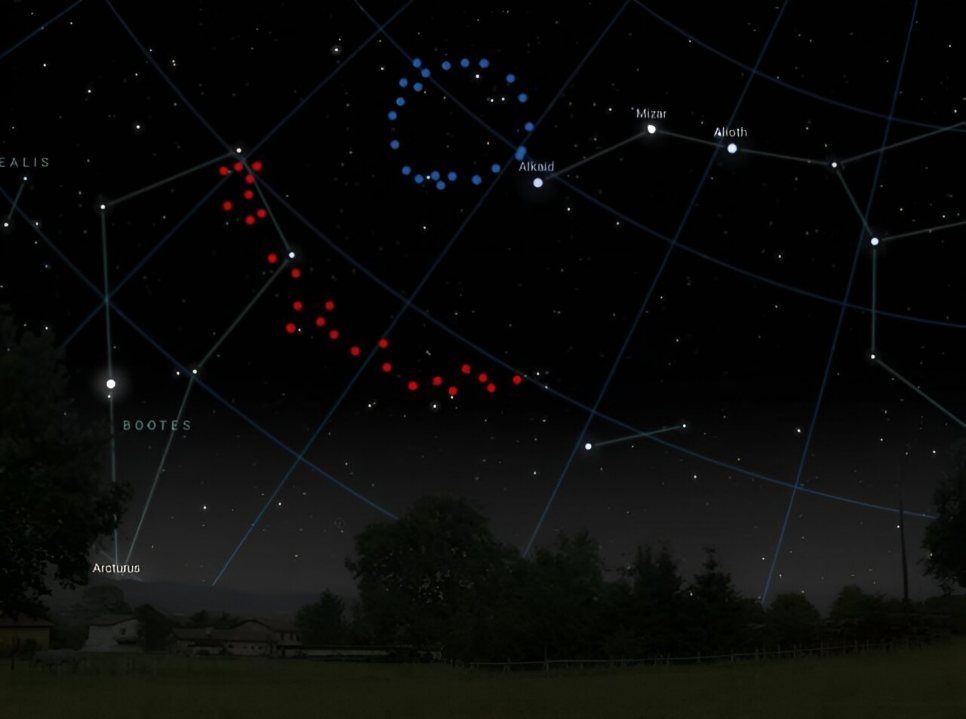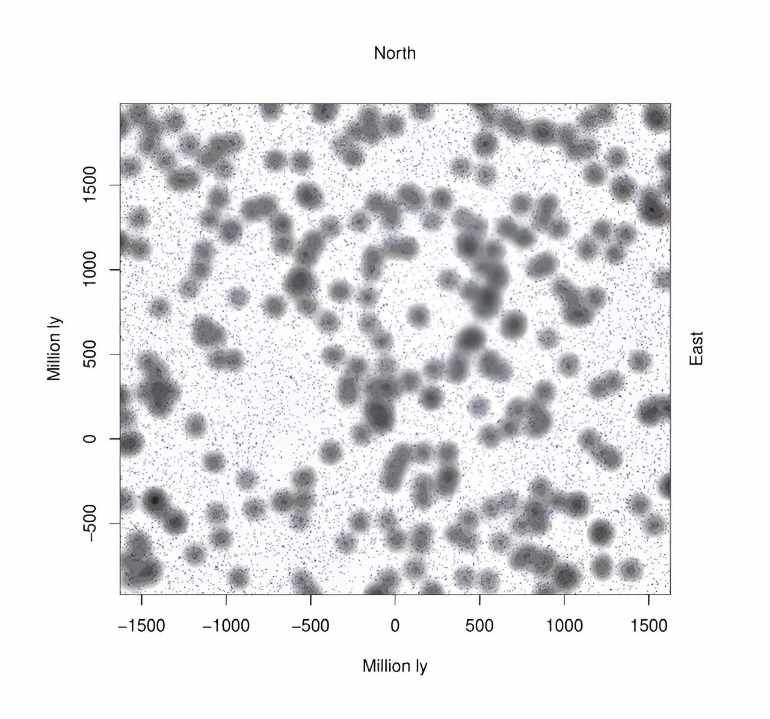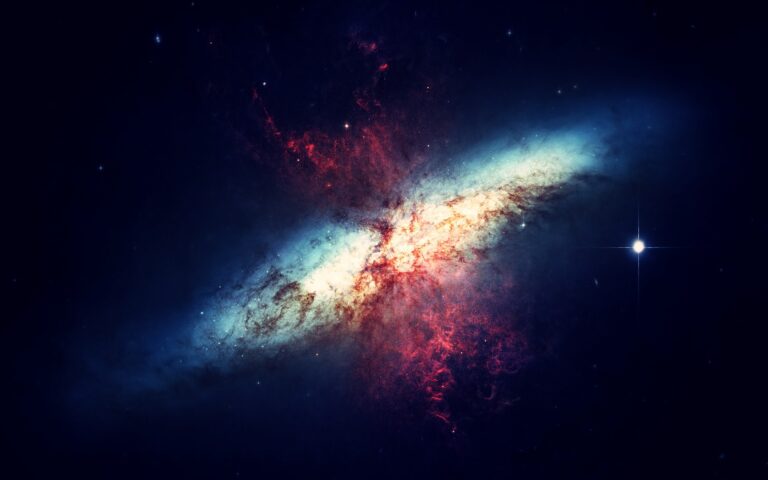Discovery of Massive New Cosmic Structure Redefines Our Understanding of the Universe
The recent news of discovering second gargantuan structure in space have posed even deeper question marks to traditional theories of cosmology.
Also called the Big Ring, this structure is situated at 9. It has estimated at a distance about 2 billion light-years far from planet Earth. Measuring about 1m in diameter, the structure has been observed to have some uniqueness in design. Its extension radius measures about 3 billion light-years while the circumference is approximately 4 billion light-years; should one be able to look at it directly, it would cover 15 full moons.
This new find is the Giant Arc and this is the second ultra-large structure discovered byAlexia Lopez, a Ph. 3 billion light-years across. Somewhat surprisingly, the Big Ring and the Giant Arc are roughly in the same realm—both are at the same distance and age, as discerned by astronomers, and seem to be only 12 degrees apart in the sky.

Alexia noted: “These are two other examples of such ULHs and both of them are beyond the limits of our existing cosmology. ” These enormous structures are shapeless, located so close to one another and, therefore, they must tell a lot about themselves.
“One theory is that the Big Ring might be related to Baryonic Acoustic Oscillations (BAOs), which are predicted to appear as spherical shells of galaxies resulting from early universe oscillations. ” “In any case, we’ve found the Big Ring isn’t a BAO–it’s far too big and not nearly round enough. ”
Other possible scenarios may include another cosmological model which is different from the current one and known under the name Conformal Cyclic Cosmology (CCC) suggested by Sir Roger Penrose. CCC stated that this theory could be represented by cosmic rings Cosmic rings could be suggestive of this theory.
Another possibility is that of the so-called cosmic strings, which are elongated massive objects, which are filamentary defects from the early universe and which were proposed by Nobel laureate Jim Peebles. Perhaps these strings are a factor that would explain part of the quirkiness concerning the layout of the large scale structure of galaxies.
Likewise as the Giant Arc, the Big Ring also violates the Cosmological Principle, which in effect proposed that the universe should looks uniform and homogeneous when viewed from vast distances. In the case where the Big Ring, and the Giant Arc combine to form an even bigger ring, then this principle is also threatened.

Such colossal formations together with others discovered by cosmologists go beyond the theoretical scale and alter our perception of what it means to be an average piece of Universe. Currently useful theoretical limit for such formations does not exceed one. 2 billion light-years, but both the Giant Arc And the Big Ring are much further than this.
Alexia pointed out that “According to the Cosmological Principle, the distribution of matter in the observable universe is representative of the large scale distribution of the whole universe. ” It postulates that matter should be smoothly distributed over large scales and there should not be regions larger than what we are talking about here which are denser than others.
“However, the Giant Arc is almost three times the theoretical size limit for such structures, while the Big Ring’s circumference is as long as the Giant Arc itself For such two gigantic and contiguous structures to be found is simply amazing and intriguing.
Later, Big Ring looks like an almost perfect ring, however, if observed carefully it is helical corkscrew with the main axis parallel to the Earth. The Giant Arc: This is a giant formation of galaxies which is in the form of a crescent with a size which is almost double that of the Sloan Great Wall but in a relatively nearer region of space.
“This light characterized The Big Ring and Giant Arc located in Boötes constellation and with the similar epoch of the age of the universe when it was half of the present age gives the view that they could be a part of extended cosmological system at that universe age”, explained Alexia.
This information from these faraway structures which has taken half the age of the universe to reach us is a rather big mystery in cosmology when we are in effort to understand the evolution of the universe.
The Big Ring, which Alexia along with her advisor Dr Roger Clowes from UCLan’s Jeremiah Horrocks Institute and collaborator Gerard Williger from the University of Louisville came across, came as a result of observing absorption lines in quasar spectra taken by the Sloan Digital Sky Survey (SDSS). They applied the same method that was used when finding the Giant Arc, and […] Using the data for Magnesium-II (MgII) absorption systems which are made visible in the light of quasars – distant bright galaxies which shine through dimmer, intervening galaxies.
Alexia has presented her findings on the Big Ring at the 243rd meeting of the American Astronomical Society (AAS) on 10 January.
Via: University of Central Lancashire
Do not forget to share your opinion with us to provide you with the best posts !




0 Comments